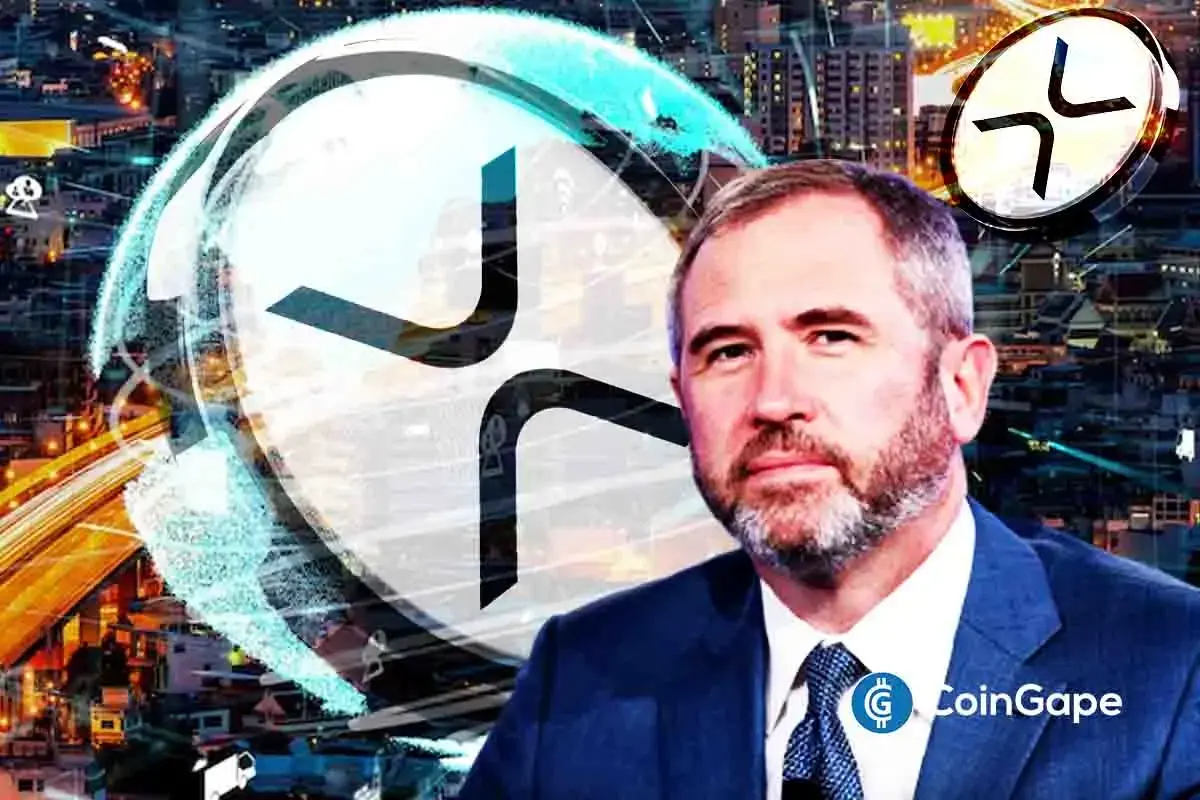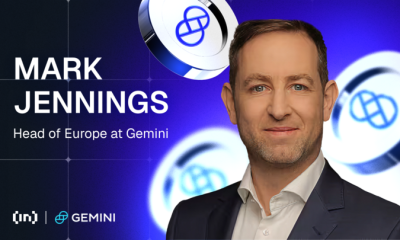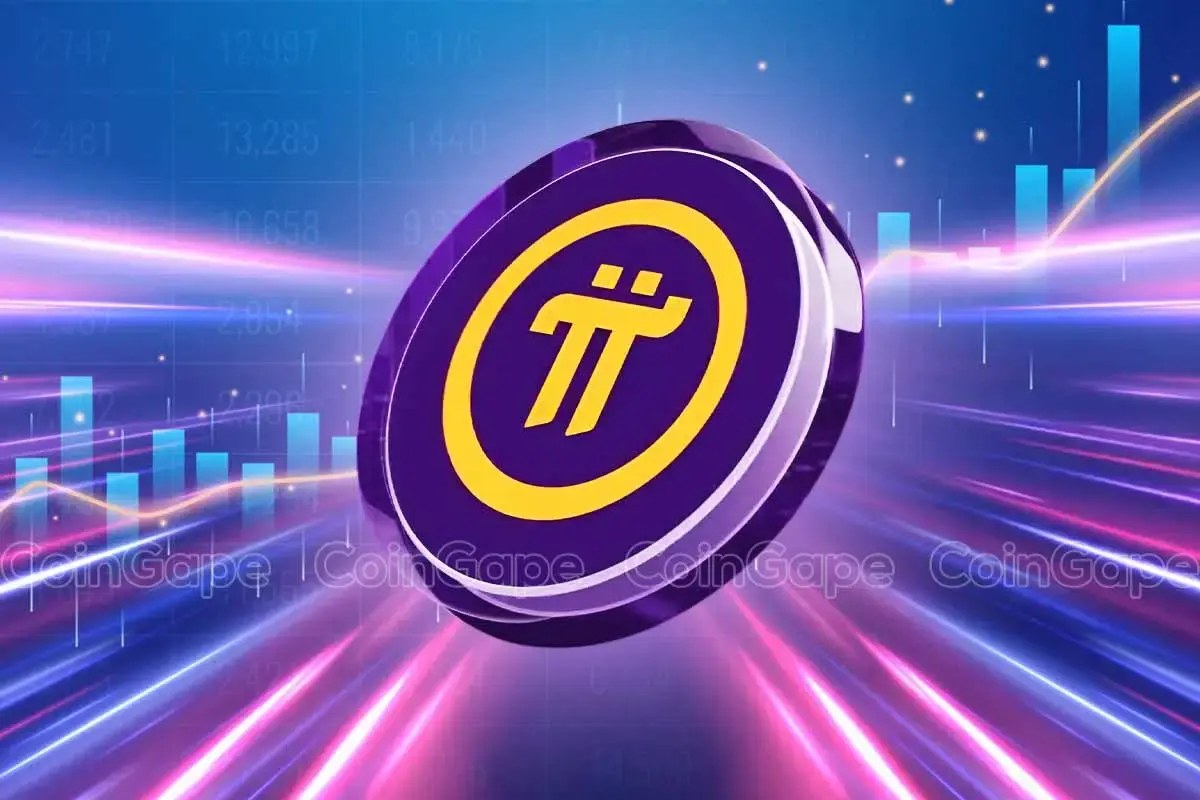Market
Rachel Conlan on Binance’s Expansion and Community
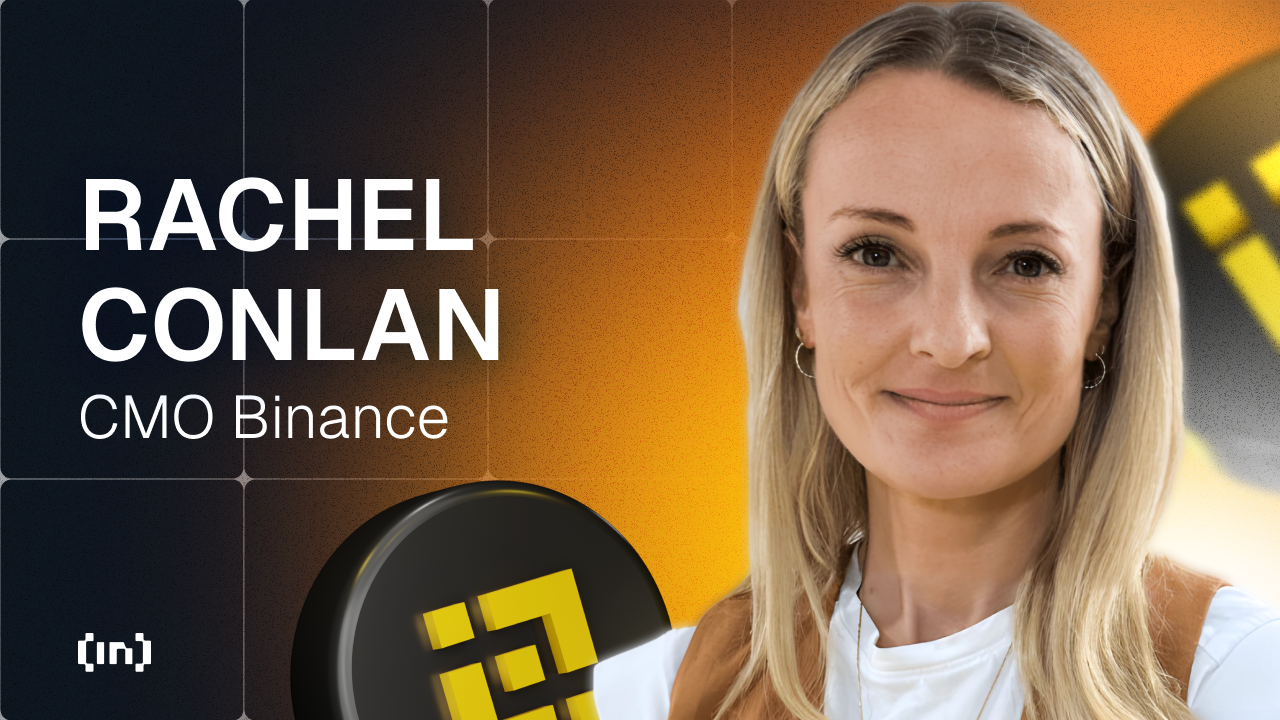
During ETHWarsaw, held on 5-6 September 2024, BeInCrypto had the exclusive opportunity to attend a special event organized by Binance, where key representatives shared insights into the company’s growth and future plans. Among the highlights of the event was an insightful interview with Rachel Conlan, Binance’s Global Chief Marketing Officer, who played a crucial role in shaping the company’s global marketing strategy.
The event, dedicated to select media outlets, offered an intimate setting for discussions on the crypto landscape, particularly in markets like Poland and LATAM. Rachel Conlan shared her thoughts on Poland’s growing role in the European crypto ecosystem, citing high adoption rates and a thriving tech-savvy population. This conversation, held against the backdrop of ETHWarsaw, also touched on the broader global trends impacting Binance, including increased institutional interest and the company’s focus on community-driven growth.
BeInCrypto Meets Rachel Conlan at ETHWarsaw
Jakub Dziadkowiec (JD): Hello Rachel! How are you doing today?
Rachel Conlan (RC): I’m well. How are you doing? Thank you for joining us today.
JD: Thank you. It was a pleasure listening to your speech at the beginning of our lunch here at ETHWarsaw. Could you briefly explain your role at Binance and share some of the most recent developments you’ve been covering?
RC: I am the Global Chief Marketing Officer at Binance. I’ve got the most fun role within the business, but it’s also one of the most challenging because I’m responsible for growing the industry. I’ve been in the role for a couple of years now, and I’m really lucky to work with Richard Teng, our founders, and the broader team.
Binance is in a strong position right now. After seven years, we’ve reached 219 million users, which is an incredible milestone. But it’s also a huge responsibility because it means we must continuously improve our products, optimize what we already have, and ensure Binance is always safe and secure for our users.
JD: That sounds like a lot of responsibility.
RC: It definitely is. But when we think about it, our user base is still in its early stages of growth.

The Growth Potential of Crypto Adoption
JD: Yes, this is one of the main points you often emphasize—that crypto is still in the early adoption phase, with a lot of room for growth. What’s your take on that? How much growth potential do you see?
RC: The potential to unlock is still enormous. Currently, global crypto penetration is around 5-6%, representing roughly 500-600 million users. Many users have second or third accounts, but the adoption is still in its early stages.
Recently, we’ve seen significant attention on the industry—since ETF approval in December, the Bitcoin halving, and the influx of institutions into the space. From a marketing perspective, this momentum is a dream.
I was with the Google team last week, and they mentioned that Bitcoin became the most searched financial product globally in the first quarter of 2024. This kind of spotlight is incredibly exciting, and we’re fully committed to supporting our existing community while engaging with the next generation of crypto users, who are entering for various reasons.
Traveling and Expanding Binance’s Global Presence
JD: You’ve been traveling a lot, given your global marketing responsibilities. Can you share some of the places you’ve visited recently, and what your plans are for the next few months?
RC: Over the past year, I’ve probably visited around 25 different countries with Binance. Most recently, I spent time in the LATAM region, which is an important and rapidly growing market for us. The crypto penetration there ranges from 12% to 20%.
People in LATAM use crypto for different reasons, from using stablecoins to protect their assets against high inflation and unstable governments, to institutional trading and high-level training.
However, I arrived here in Poland just yesterday, and it’s my first time visiting. I’m Irish, and I’ve had Polish friends for over 20 years, but seeing the appetite and curiosity for crypto and blockchain here is extraordinary. Poland is far ahead of much of Europe in terms of crypto penetration.
JD: That leads me to my next question. You’ve mentioned that Poland ranks in the top three European countries within the Binance ecosystem. Could you elaborate on how you perceive Poland as a market for Binance, both in Europe and globally?
RC: One thing I love about the crypto industry, having worked in traditional finance for a long time, is how it’s turning the global financial map upside down. When we grew up, cities like New York, London, Hong Kong, and Singapore were seen as financial hubs.
But now, we’re seeing places like Dubai and Abu Dhabi take leading positions in crypto. Poland is another prime example—its crypto penetration is at 11.7%, while most of Europe is at just 5%. That’s a significant difference.
Poland’s Role in the Global Crypto Ecosystem
JD: That’s quite close to the LATAM region penetration rates you mentioned earlier. What do you think drives this high adoption rate in Poland?
RC: I believe there are two main reasons, from an outsider’s perspective. First, Poland has an incredibly tech-savvy and digitally literate population that’s very engaged with the digital world—not just in terms of trading, but in the broader crypto and blockchain industry.
Second, this has led to the rise of incredible businesses and Web3 startups coming out of Poland. Even just walking around the ETHWarsaw conference, you can feel the energy and enthusiasm for the space.
JD: That’s true. As a Pole, it’s great to see how local events are becoming international ones, with esteemed guests like yourself and representatives from top global crypto companies. It’s amazing that we’re establishing new crypto financial centers for the future.
RC: Exactly! The landscape of financial centers could look completely different in the next few decades. Just last night, we had 500 crypto enthusiasts join us for a meet-up, and I got to hear their stories—how they got into the industry. Some were recent adopters, while others were OGs.
There’s so much potential here, and Poland has the appetite and infrastructure to support it. One interesting fact I learned this week is that Poland ranks in the top 10 globally for the number of crypto ATMs. That’s a significant achievement and a big part of making crypto accessible for the next generation.
Accessibility and Community in Crypto Adoption
JD: That focus on accessibility resonates with our traditional banking system as well. Poland has a highly developed payment system called BLIK, which allows users to send money instantly peer-to-peer, without the need for bank interference. This kind of technological development is a great foundation for the growth of crypto adoption.
RC: Yes, it’s a huge opportunity. You’re right — localization is key, not just having a presence but ensuring we’re speaking the local language and addressing the needs of each community. That’s something we’re focusing on at Binance as well. It’s not just about talking to these communities but engaging with them at a grassroots level.
JD: That must be costly, right? Establishing small, local communities requires specialists in each area. But I imagine it’s worth the effort to build these growing communities. For example, I recently met David Princay, who’s been a mastermind in growing Binance communities in France and other European markets.
RC: David is amazing! He was one of our former Binance Angels. Speaking of which, our Binance Angels program operates globally, and we have around 500 Angels who are early crypto adopters dedicated to sharing their knowledge. They volunteer their time, and their incentives are non-monetary.
Poland accounts for 2% of the global program, which is impressive considering we’re in 100 markets. These Angels support our educational initiatives, spending time both online and in person with communities, helping people understand how to navigate what can sometimes be a complex industry.
JD: Rachel, thank you so much for the interview. It’s been a pleasure talking with you.
RC: I really appreciate it. Thank you so much!
Disclaimer
In compliance with the Trust Project guidelines, this opinion article presents the author’s perspective and may not necessarily reflect the views of BeInCrypto. BeInCrypto remains committed to transparent reporting and upholding the highest standards of journalism. Readers are advised to verify information independently and consult with a professional before making decisions based on this content. Please note that our Terms and Conditions, Privacy Policy, and Disclaimers have been updated.
Market
XRP Consolidation About To Reach A Bottom, Wave 5 Says $5.85 Is Coming

Reason to trust

Strict editorial policy that focuses on accuracy, relevance, and impartiality
Created by industry experts and meticulously reviewed
The highest standards in reporting and publishing
Strict editorial policy that focuses on accuracy, relevance, and impartiality
Morbi pretium leo et nisl aliquam mollis. Quisque arcu lorem, ultricies quis pellentesque nec, ullamcorper eu odio.
XRP is still in consolidation mode after hitting a new seven-year high in January 2025. This consolidation has seen the price drop slowly, but steadily, losing around 40% of its value since then. Currently, bulls seem to have created support for the altcoin at $2, as this level continues to hold even through crashes. Thus, it has created the expectation that the bottom could be close for the XRP price, and this could serve as a bounce-off point.
XRP Price Consolidation Could Be Over Soon
Taking to X (formerly Twitter), crypto analyst Dark Defender revealed that the consolidation that the XRP Price has been stuck in for months now is coming to an end. The analyst used the monthly chart for the analysis, calling out an end and a bottom for the XRP price. According to him, this is actually the “Final Consolidation” for XRP, suggesting that this is where a breakout would start from.
Related Reading
With the consolidation expected to come to an end soon, the crypto analyst highlights what could be next for the altcoin using the 5-Wave analysis. Now, in total, these five waves are still very bullish for the price and could end up marking a new all-time high.
For the first wave, Dark Defender calls it the Impulsive Wave 1, which is expected to begin the uptrend. This first wave is expected to push the price back to $3 before the second wave starts, and this second wave is bearish.
The second wave would trigger a crash from $3 back toward $2.2, providing the setup for the third wave. Once the third wave begins, this is where the crypto analyst expects the XRP price to hit a new all-time high. The target for Wave 3 puts the XRP price as high as $5, clearing the 2017 all-time high of $3.8.

Next in line is the fourth wave, which is another bearish wave. This wave will cause at least a 30% crash, according to the chart shared by the crypto analyst, taking it back toward the $3 territory once again. However, just like the second bearish wave, the fourth bearish wave is expected to set up the price for a final and more explosive Wave 5.
Related Reading
Once the fifth wave is in action, a brand-new all-time high is expected to happen, with the price rising over 100% from the bottom of the fourth wave. The target for this, as shown in the chart, is over $6.
As for the crypto analyst, the major targets highlighted during this wave action are $3.75 and $58.85. Then, for major supports and resistances, supports are $1.88 and $1.63, while resistances lie at $2.22 and $2.30.
Featured image from Dall.E, chart from TradingView.com
Market
Despite an 18% Drop, XRP’s Exchange Supply Hits Lows—Bullish Setup Ahead?

Reason to trust

Strict editorial policy that focuses on accuracy, relevance, and impartiality
Created by industry experts and meticulously reviewed
The highest standards in reporting and publishing
Strict editorial policy that focuses on accuracy, relevance, and impartiality
Morbi pretium leo et nisl aliquam mollis. Quisque arcu lorem, ultricies quis pellentesque nec, ullamcorper eu odio.
XRP has been trading under pressure in recent weeks, losing much of the momentum it built during its late 2024 to early 2025 rally. After reaching highs above $3.40, the asset has experienced an 18.3% decline over the past month, reflecting broader market softness.
At the time of writing, XRP trades significantly below its peak at a price of $2.06, with subdued investor activity and falling market participation across both spot and derivatives markets.
Related Reading
XRP On-Chain Activity Slows, But Price Remains Relatively Stable
Amid XRP’s decline, a CryptoQuant analyst known as EgyHash has recently shared his analysis on the altcoin in a post titled, “XRP’s Market Paradox: With Ledger Activity Dipping 80%, Is a Rebound on the Horizon?”
According to EgyHash, XRP’s on-chain and futures market data presents a mixed picture—declining activity but resilience in price. EgyHash noted that XRP Ledger activity has fallen sharply since December, with the percentage of active addresses down by 80%.
Similar declines have been observed in the futures market, where open interest has dropped roughly 70% from its highs, and funding rates have occasionally turned negative.

He added that the Estimated Leverage Ratio, which gauges average user leverage by comparing open interest to coin reserves, has also dropped significantly.
Despite these indicators pointing to weakening momentum, the altcoin’s price has only declined about 35% from its peak. This is a milder correction compared to other assets such as Ethereum, which has fallen roughly 60% over the same period.
Additionally, the altcoin’s Exchange Reserve has continued to decline, reaching levels last observed in July 2023. Lower reserves typically suggest that fewer tokens are available for immediate sale, a factor that can help support prices during market downturns.

According to EgyHash, this trend, along with relatively stable pricing, could indicate growing long-term confidence in the asset.
Institutional Developments Could Strengthen Market Sentiment
While on-chain metrics remain a focus, institutional developments may also play a role in shaping XRP’s future trajectory. Hong Kong-based investment firm HashKey Capital recently announced the launch of the HashKey XRP Tracker Fund—the first XRP-focused investment vehicle in Asia.
Backed by Ripple as the anchor investor, the fund is expected to transition into an exchange-traded fund (ETF) in the future. The initiative is designed to attract more institutional capital into the XRP ecosystem.
HashKey Capital is launching Asia’s first XRP Tracker Fund—with @Ripple as an early investor.
This marks a major step in expanding institutional access to XRP, the third-largest token by market cap. 🧵👇
— HashKey Capital (@HashKey_Capital) April 18, 2025
HashKey Capital has also indicated that this collaboration with Ripple could lead to further projects, including tokenized investment products and decentralized finance (DeFi) solutions.
Related Reading
Vivien Wong, a partner at HashKey, emphasized the strategic value of integrating Ripple’s network with regulated investment infrastructure across Asia.
Although the altcoin faces near-term pressure, long-term developments, including decreasing exchange reserves and rising institutional interest, may support its recovery as the broader market stabilizes.
Featured image created with DALL-E, Chart from TradingView
Market
Matchain’s Petrix Barbosa Talks the Future of Digital Identity
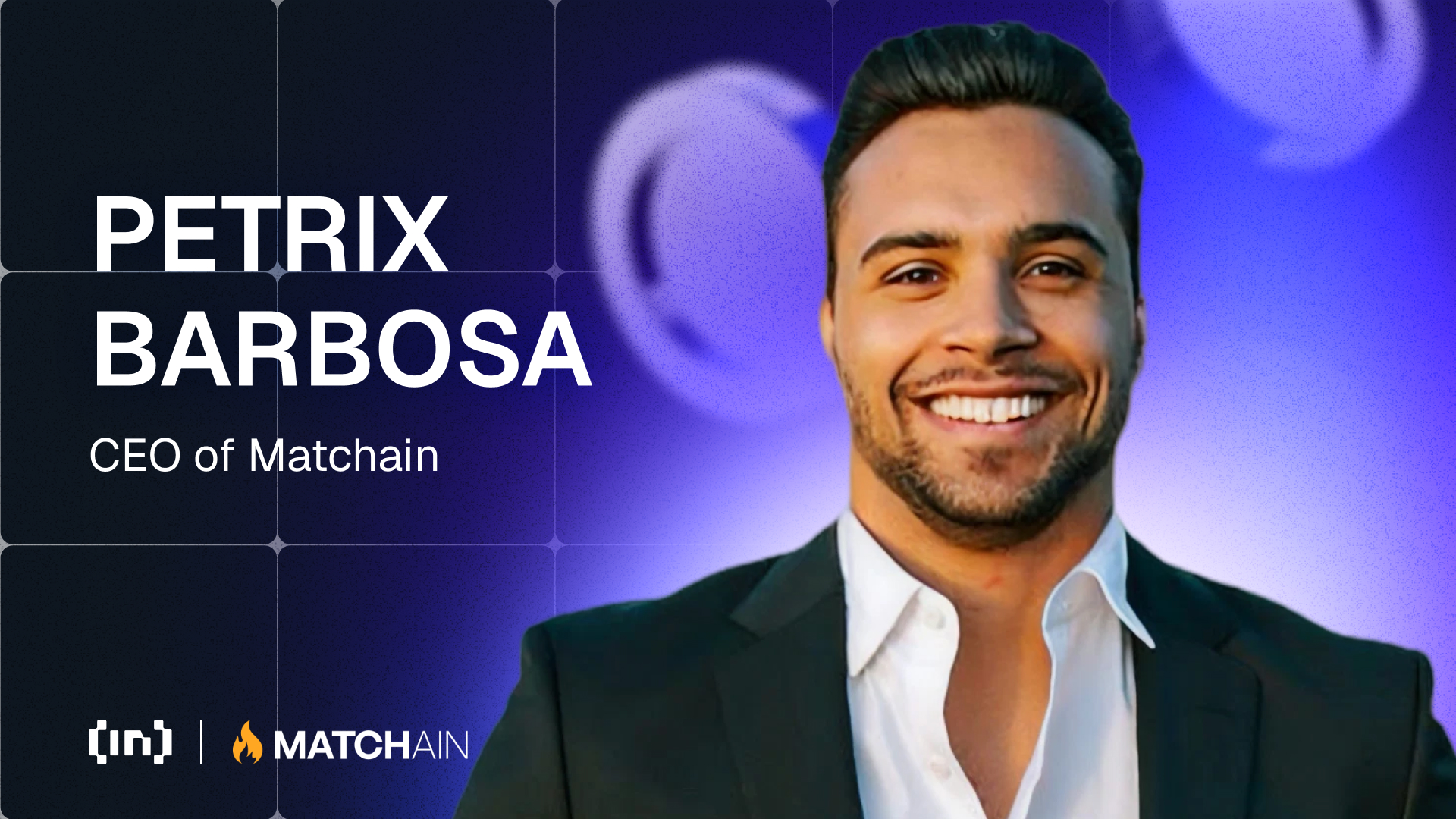

In an engaging session during Paris Blockchain Week, BeInCrypto caught up with Petrix Barbosa, the innovative mind behind Matchain, a blockchain venture that’s reshaping how digital identity and data sovereignty are approached.
Barbosa, who transitioned from a successful career as a venture capitalist, where he managed investments across 250 projects, brings a wealth of experience and a unique perspective to the blockchain landscape. Petrix Barbosa’s insights reveal a compelling vision for the future of blockchain, focusing on user empowerment and innovative use of technology to solve enduring problems in digital identity and data management.
Petrix Barbosa Discusses Matchain and its Mission
Matchain is a layer 2 blockchain platform that primarily addresses the challenges of identity and data sovereignty. Our mission is to empower users by giving them control over their digital identities and data, thus ensuring that they’re the primary beneficiaries of their online presence.
Barbosa on His Pivot from Venture Capital
In my time as an investor, I witnessed many great ideas fail to reach their potential due to the lack of a substantial user base or poor market timing. This inspired me to transition from funding projects to creating a platform that not only serves my vision but also provides tangible solutions to widespread issues in the blockchain community—primarily, user engagement and application.
Matchain’s Innovations in the Area of Identity Sovereignty
Matchain introduces a novel approach to managing digital identity. Unlike traditional models where user data is siloed across various platforms, Matchain allows users to have a single digital identity that spans across both Web2 and Web3. This is crucial for enabling a seamless transition and interaction between these two worlds.
How Matchain Integrates Existing Web2 Infrastructure
Our platform acts as a bridge between the decentralized ecosystem of Web3 and the more traditional Web2 infrastructure. By allowing users to manage their digital identities across both platforms, we facilitate a smoother interaction that enhances user experience while maintaining high security and trust.
Future Developments From Matchain
Looking ahead, we aim to expand our user base significantly. Currently, we are backed by strategic partnerships, like the one with Paris Saint-Germain, which not only broadens our exposure but also integrates our technology into mainstream applications.
In the next two years, we plan to onboard millions of users, leveraging our innovative solutions to enhance their digital interactions.
Barbosa on Unique Challenges in Developing Matchain
The biggest challenge was shifting the focus from simply creating a blockchain solution to ensuring it was user-centric and capable of addressing real-world problems. This involved integrating AI to manage and analyze data effectively, ensuring that our platform could deliver personalized and contextually relevant experiences to users.
Matchain Over the Next Five Years
In five years, I envision Matchain at the forefront of blockchain technology, leading the charge in digital identity management and data sovereignty. Our platform will likely become a critical tool for users and companies looking to navigate the complexities of the digital age securely and efficiently.
Disclaimer
In compliance with the Trust Project guidelines, this opinion article presents the author’s perspective and may not necessarily reflect the views of BeInCrypto. BeInCrypto remains committed to transparent reporting and upholding the highest standards of journalism. Readers are advised to verify information independently and consult with a professional before making decisions based on this content. Please note that our Terms and Conditions, Privacy Policy, and Disclaimers have been updated.
-

 Market23 hours ago
Market23 hours agoVietnam Partners with Bybit to Launch Legal Crypto Exchange
-
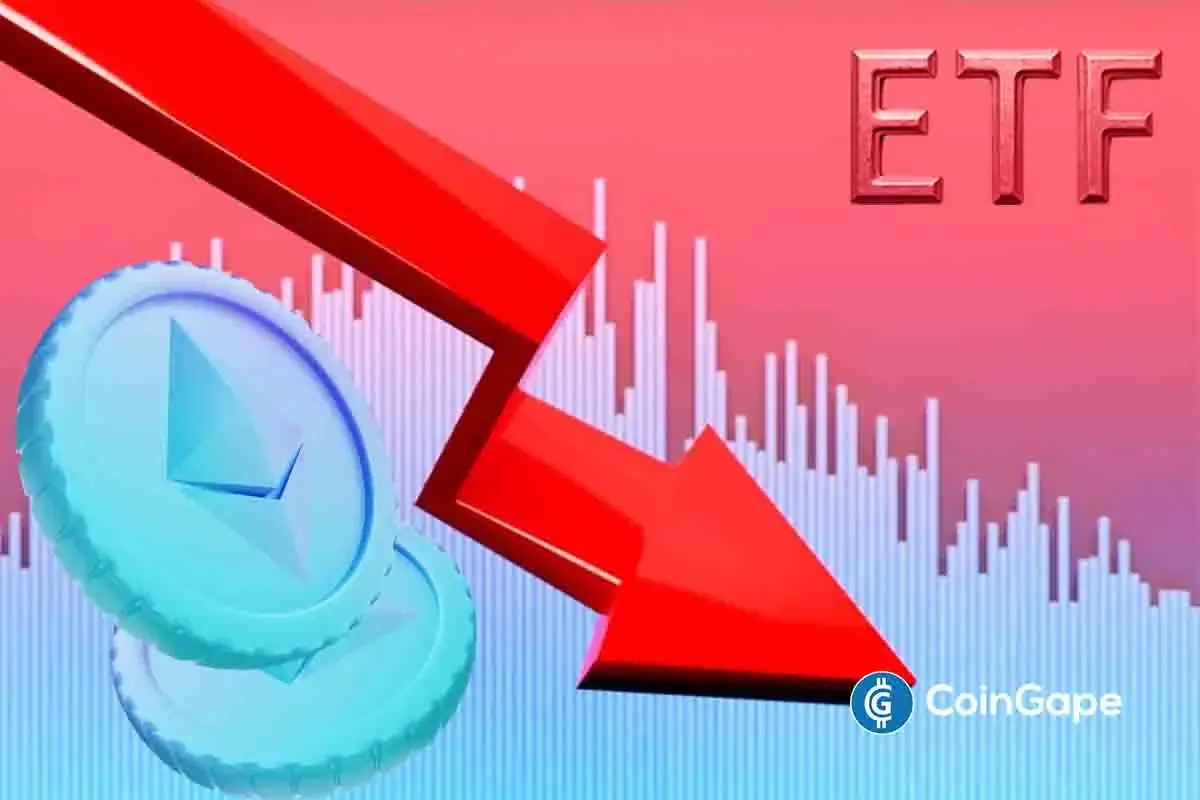
 Altcoin19 hours ago
Altcoin19 hours agoEthereum ETFs Record $32M Weekly Outflow; ETH Price Crash To $1.1K Imminent?
-

 Market11 hours ago
Market11 hours agoPi Network Roadmap Frustrates Users Over Missing Timeline
-

 Market10 hours ago
Market10 hours agoSolana (SOL) Price Rises 13% But Fails to Break $136 Resistance
-

 Market22 hours ago
Market22 hours ago100 Million Tokens Could Trigger Decline
-

 Market15 hours ago
Market15 hours agoBANK Token Surges 150% After Binance Futures Listing
-
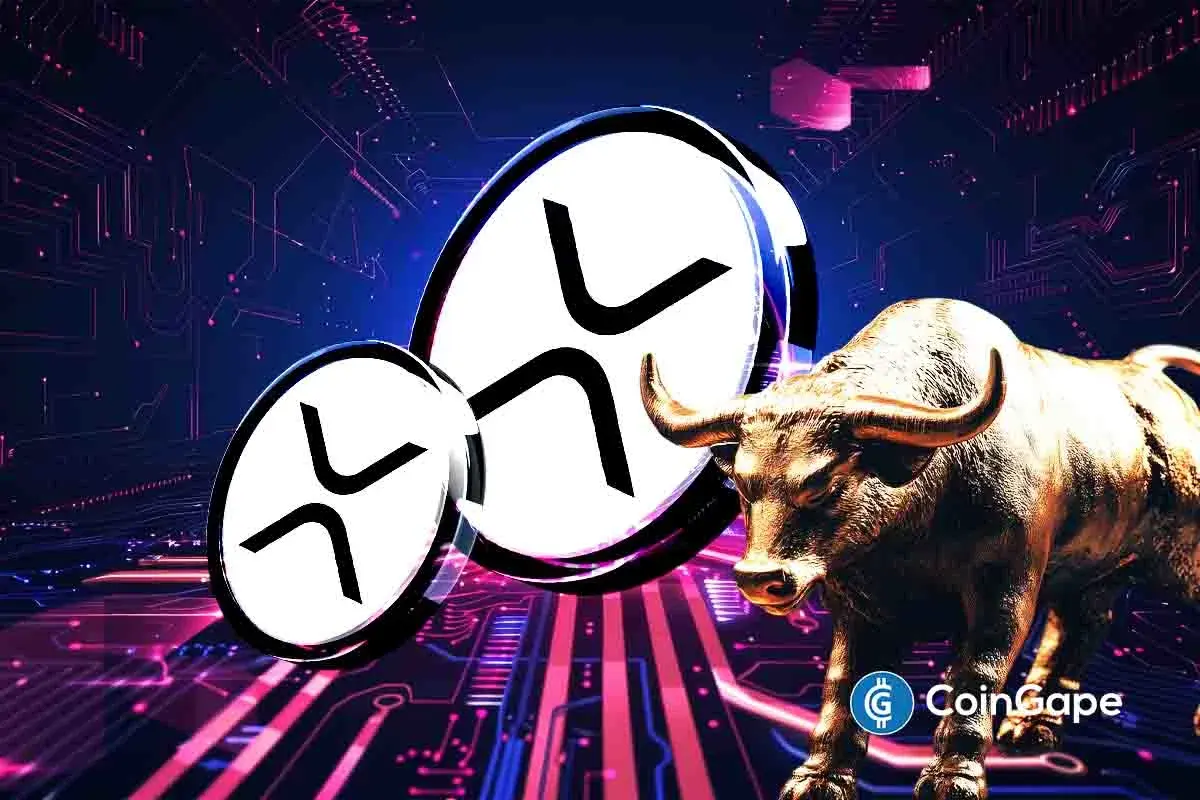
 Altcoin15 hours ago
Altcoin15 hours agoXRP Price History Signals July As The Next Bullish Month
-
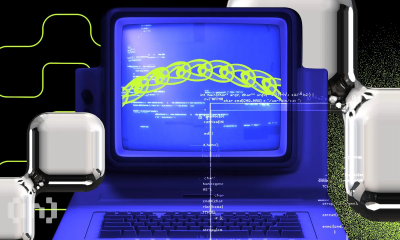
 Market20 hours ago
Market20 hours agoWhy Relying on TVL Could Mislead Your DeFi Strategy


